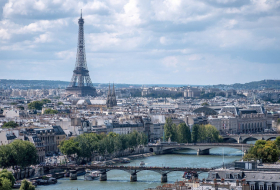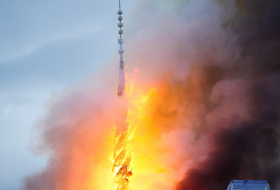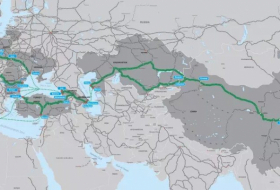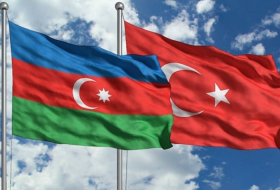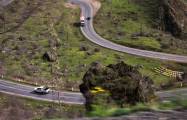In the 1970s, scientists discovered that certain neurons in the hippocampus—an area of the brain involved in learned and memory—would fire in response to particular locations. They were called “place cells,” explains Charlotte Boccara, a researcher at the University of Oslo. “They were deemed important for spatial representation . . . a bit like the ‘You Are Here’ signal’ on a map.”
But it wasn’t until 2005 that researchers discovered the brain’s grid cells, which they believed function as that map. These cells, found adjacent to the hippocampus in the medial entorhinal cortex (MEC), self-organize into a pattern of hexagons that serve as coordinates to help animals make sense of their surroundings and the signals from our place cells.
A pair of studies published today (March 28) in Science suggests that this map may not be as rigid as once thought. The experiments demonstrated that, in rats at least, the cellular activity within these grids changes as the animals learn and remember where they can find food rewards.
“These are wonderful studies,” says György Buzsáki, a neuroscientist at New York University who was not involved in either of them. “When ideas converge from multiple, different directions, and they converge and come to the same conclusion, the result is always stronger.”
In the first study, Boccara, then a researcher at the Institute of Science and Technology Austria, and her team placed rats one by one in a cheeseboard maze, a flat board drilled full of holes. They hid three food rewards in different holes then scattered food dust over the entire surface so the rats would not be able to sniff their ways to the reward. The rats explored the maze until they found the prizes and repeated the task until they learned to go straight to the food instead of foraging. The next day, the researchers conducted the same experiment but changed the locations of the rewards.
During the task, the team recorded the activity of neurons in the MEC as well as in the hippocampus. As the rats learned where to find the rewards, the pattern of activity in the grids shifted. If, for example, the reward had been on the rat’s right side, the neuronal activity increased on the right side of the grid.
“It deformed the grid, a bit like a black hole that would suck the grid nodes towards it,” says Boccara. “Grid cells integrate a lot of information which is not purely spatial.”
She says she was surprised to see the grid cells remained distorted the next day, but the place cells seemed to be more plastic, bouncing back to their original patterns.
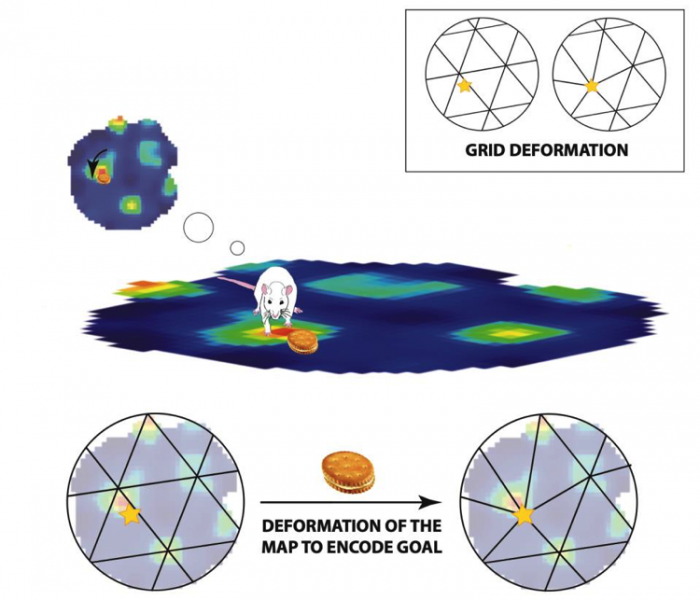
A diagram of grid cells distorting in the direction of a learned reward
IMAGE COURTESY OF CHARLOTTE BOCCARA
Far away at Stanford University, neurobiologist Lisa Giocomo and her team wondered if these same grid cells might also integrate and encode information that came along with the geographical location of a reward, like a sound signifying food was coming.
Giocomo and her team recorded activity in the MEC while rats foraged in an enclosure similar to the cheese maze for randomly scattered cereal. In the first version of the experiment, the rats were placed in a black box to forage. Next, they ambled around an otherwise-identical white box in the same position in the same room. In the white box they foraged for food until they heard a tone, which, over repeated trials, they learned would indicate that a food reward had appeared in a particular unmarked location in the box.
As a control, some rats foraging in the white box heard a tone but were not given a food reward.
In the rats that learned to remember the auditory cue and the reward location, the pattern of grid cell activity rotated and deformed. These changes only occurred in the rats that learned that the tone signaled food.
“The presence of this task alone was enough to basically evoke a completely new map of space,” says Giocomo. “That was very surprising to me.”
The grids were not distorted the same way they were in the first study, but they “changed in a way that would indicate that the animal was creating a new map of space,” says Giocomo. “They were the same kind of changes that you would see if an animal went into, say, a totally different room. We only saw that when the animals had to engage in this goal-directed navigation.”
In both studies, grid-cell activity increased when the rats were closer to the reward zone. Cellular activity in the hippocampus, which was only measured in the first study, increased as well.
“What’s notable about these papers is that that rigid structure that’s been typically observed when recording from these cells actually is somewhat malleable,” says Alexander Johnson, a behavioral neuroscience researcher at Michigan State University who was not involved in the studies. He says both experiments “suggest that these so-called grid cells are far more plastic than we originally thought. . . . “It changes based upon the goals within the environment.”
Future studies will explore how information might be consolidated during sleep, how different spatial maps could overlay one another, and the effects of different types of rewards or even deterrents on the grid.
Buzsaki adds that he hopes “there will be many more of these experiments, that will bring together multiple modalities and more variations and many more tasks in the same animal.”
The Scientist
More about: Memories










